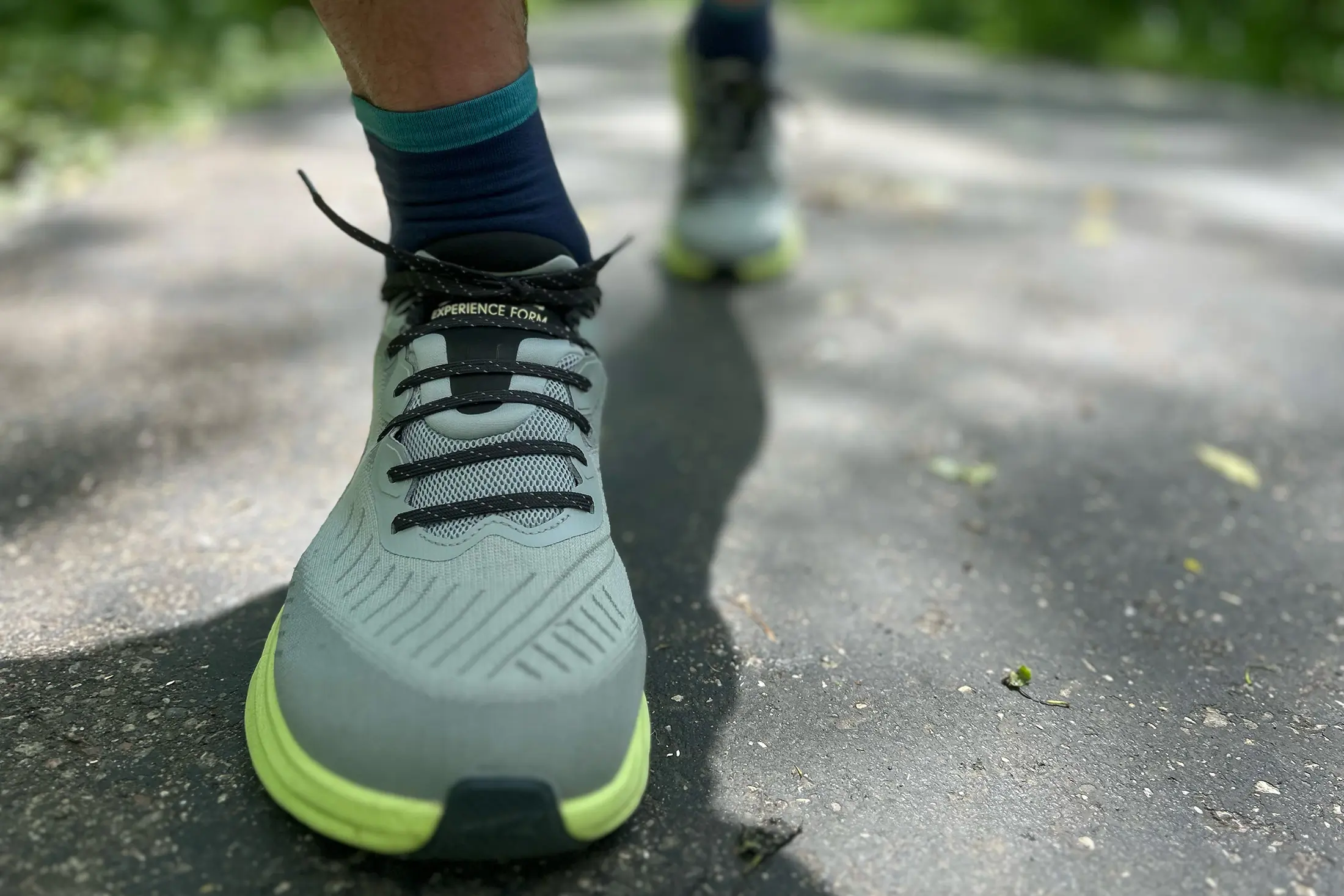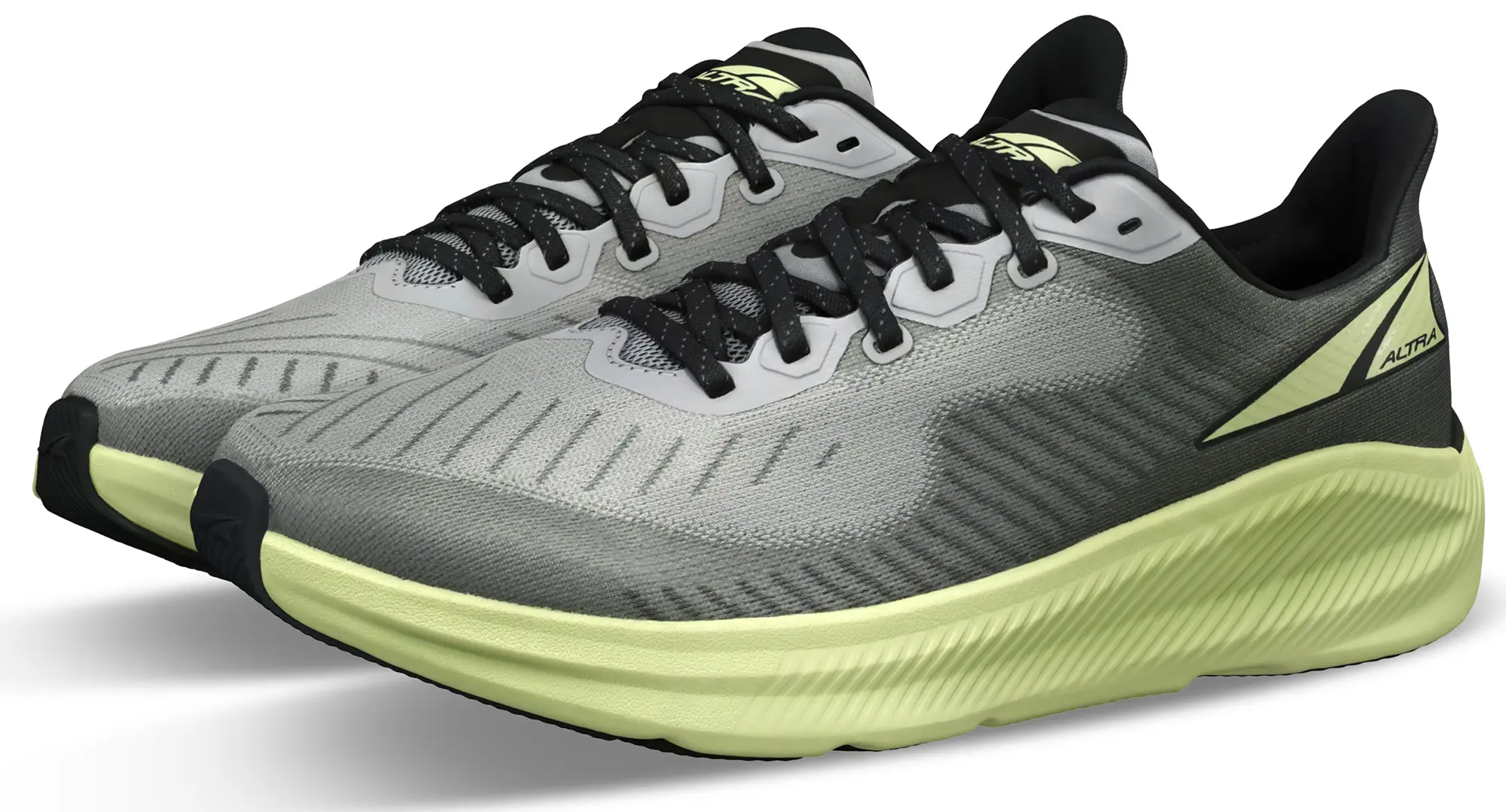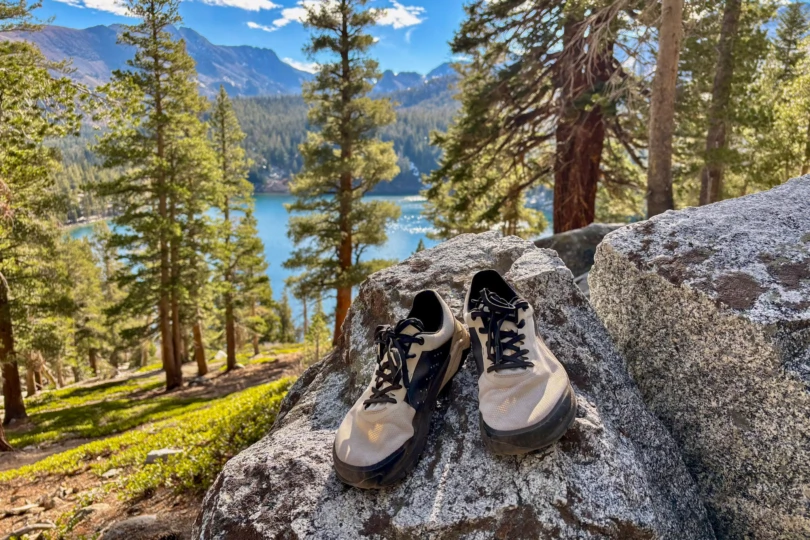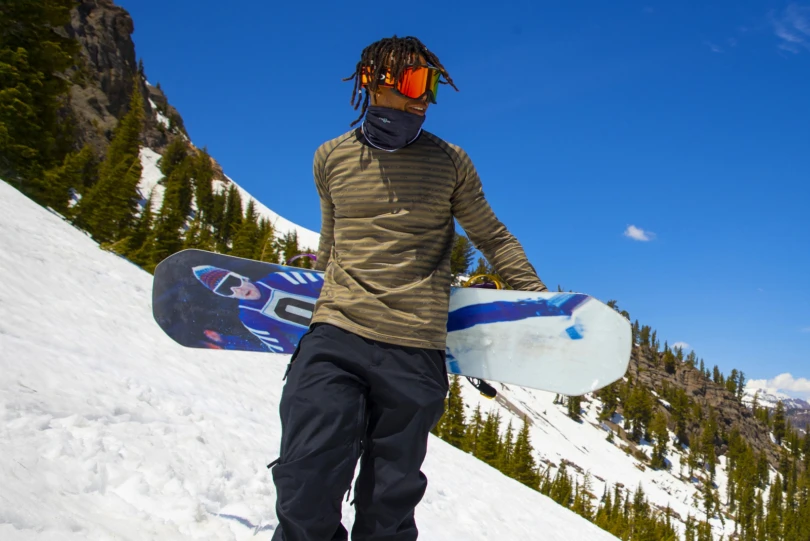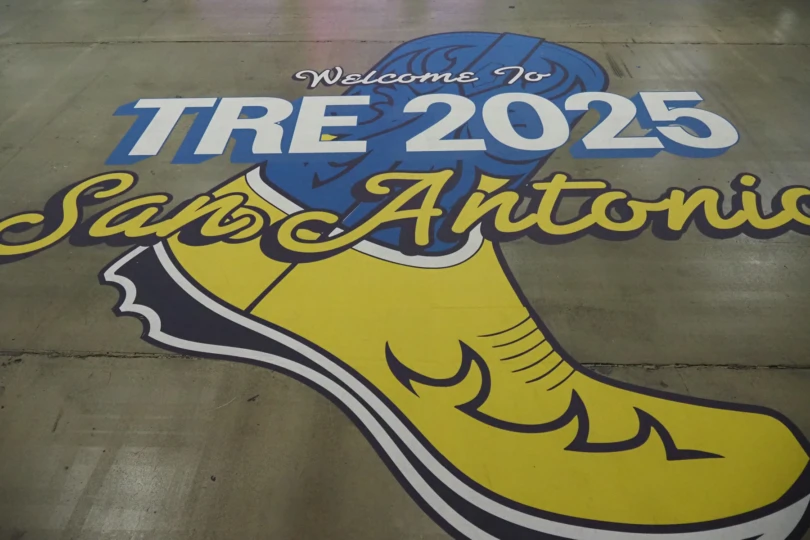Sometimes I feel bounce or rebound. Other times, I’ll sense more speed from a pronounced rocker. And, of course, sometimes I notice hot spots, tightness, instability, or other red flags when I test running shoes.
Four miles into my latest test run of the Altra Experience Form — a road shoe with a slight 4mm drop — I was beaming. The sun was shining, a light breeze carried the pollen-sweet smells of spring, and I was having fun. It was a beautiful, simple run.
Clearly, I wasn’t feeling any red flags. But I also wasn’t feeling exceptional bounce, extra speed, or plush cushion. The run was great because the shoes were just doing their job while everything else that can make a run enjoyable took center stage.
In an era where brands keep patenting new tech and materials to make runs faster, softer, or easier, I was surprised to find a shoe that felt like a solid, simple accessory to the rest of the experience.
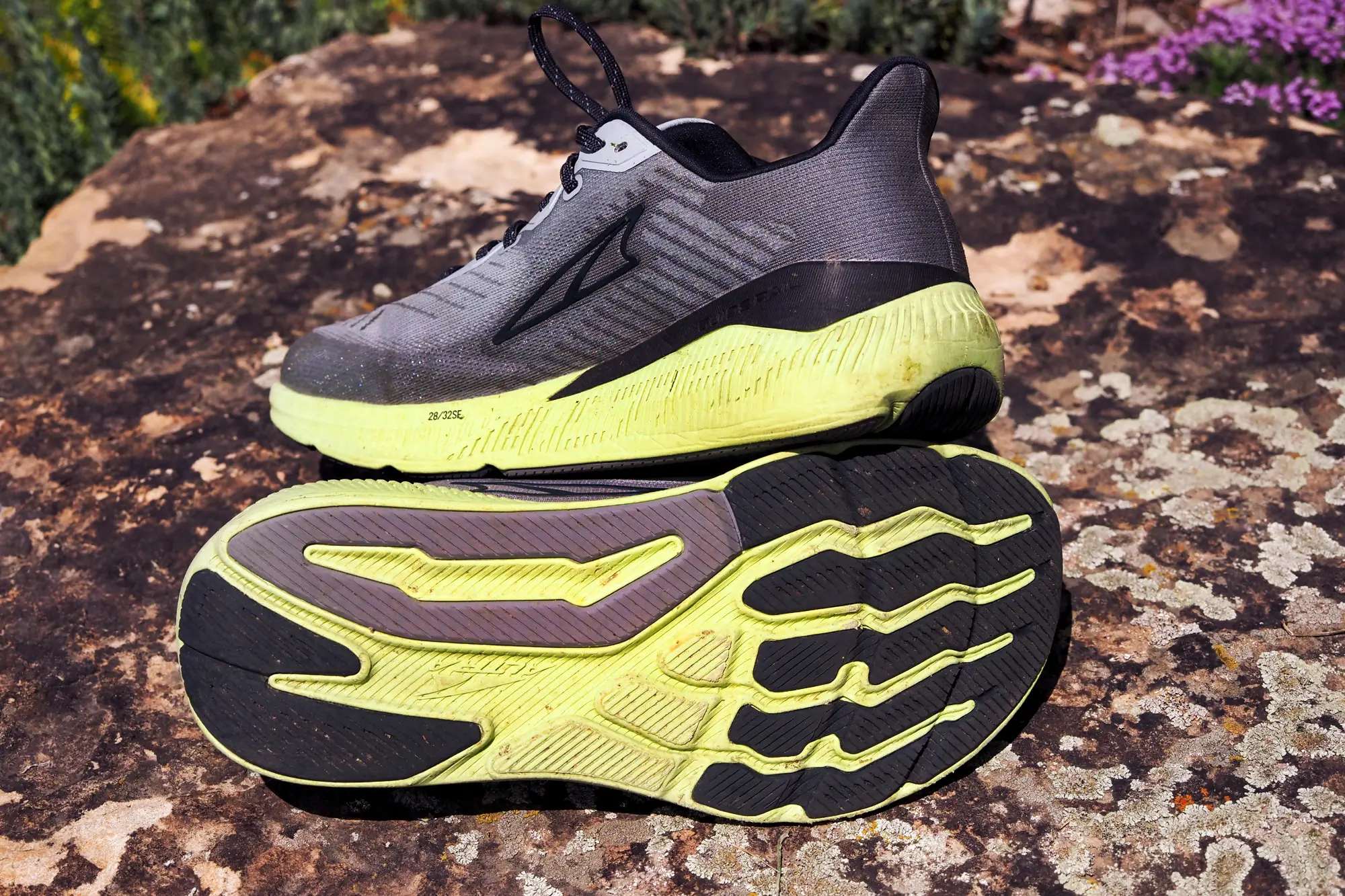
In short: The Altra Experience Form will not shave seconds off your pace. So, it might seem like a stretch to invest $145 in a shoe that won’t alter your run. But if you want a dependably comfortable pair of lightweight running shoes that let you focus on the joy of a good run, these shoes are sneaky good. Light drop, just the right amount of cushion, and Altra’s hallmark toe-splay-friendly footbox create a shoe that’s simply good.
- Best for: Road, running and walking
- Drop: 4mm
- Stack (heel/toe): 32/28mm
- Weight (tested): 11.3 oz. (size 13)
- Weight (claimed): 9.6 oz. (size 10.5 men's) / 7.8 oz. (size 8.5 women's)
- MSRP: $145
Pros
- Perfectly balanced shoe
- Lightweight
- All-day comfort
Cons
- Not waterproof
- Midsole foam shows wear under 100 miles
‘Experience’: The Other Altra
The Form, launched this month, is part of Altra’s recently released “Experience” line, which houses the brand’s non-zero-drop offerings. The naming convention isn’t intuitive, but it marks the evolution from Altra’s zero-drop roots.
The Form also debuts alongside the easy-to-confuse Flow, a near-identical sibling that weighs a little less, but the subtle difference is an important one.
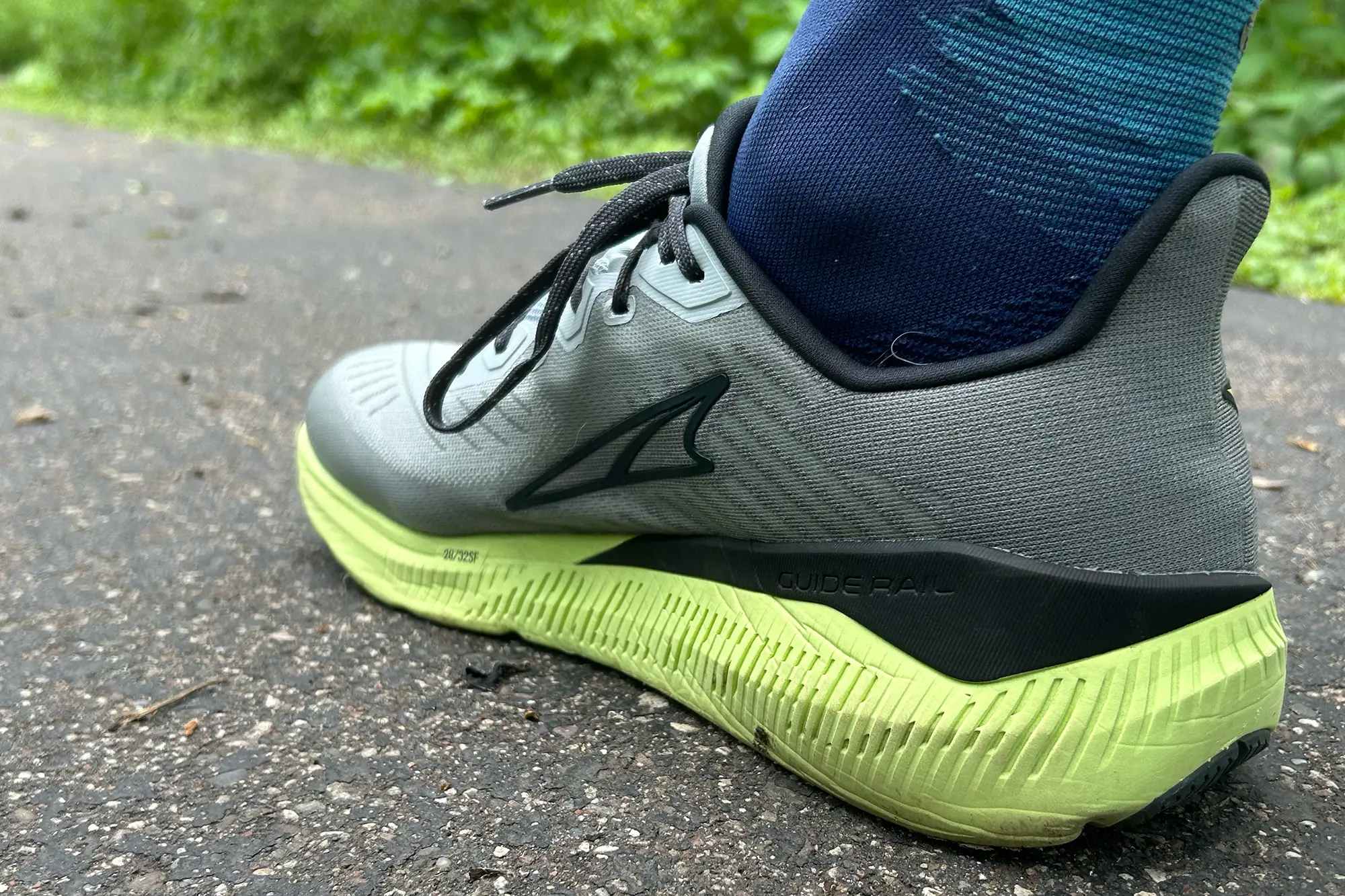
Where the Flow saves about an ounce in weight, it sacrifices a subtle foam “GuideRail” layer along the instep. There is not much to look at, but in testing, the effect was noticeable. Where the Form is solid in every way, the Flow allowed more play laterally, making for a run that’s not as tight or consistent as the Form.
The two shoes are almost indistinguishable in name and appearance, but this review solely pertains to the Form.
Altra Experience Form Review
It’s been a minute since I’ve really loved a pair of Altras. Years ago, the brand turned heads around the trail running industry with its unabashed, round, wide toebox. But it seemed that Altra opted to play catch-up with the likes of HOKA and On, which ushered in an era of maximal running and, with it, a maximal lifestyle.
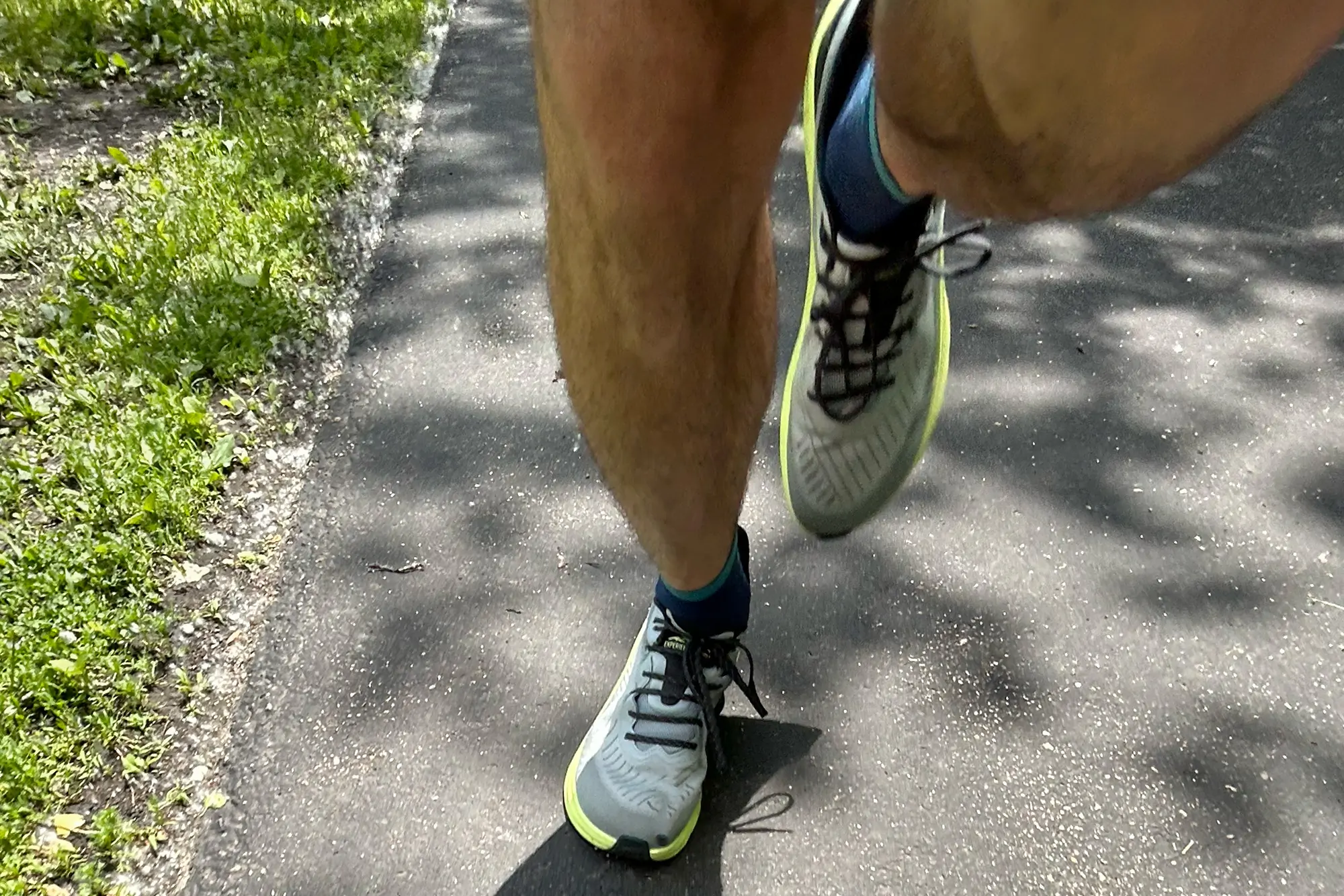



In recent years, Altra modified its performance-driven last to look more like typical running shoes. And it evolved out of its zero-drop ethos to introduce shoes with a small amount of drop and a little more cushion.
The first generation of the “new Altra” wasn’t bad, but it didn’t stand out as good, either. It lacked what made the brand iconic, and it was hard to see what made this new generation of Altra distinctly better than the ocean of similar alternatives.
So, my expectations for the Form were admittedly modest. I wondered if the cushion might feel stiff, the stack too high, or the toebox lacking a little freedom, as had been the case on recent Altras I’d tested.
Unboxing, First Run
Out of the box, the Form looked sharp but not bombastic. Aesthetically, it’s a fine line; many shoes go with a plain white or black, or magnificently bright, bold colors. The Form’s gray/green has just enough pizazz to call out its performance, but the overall look is neutral enough that I wore them through the actual halls of Congress without calling too much attention to myself.
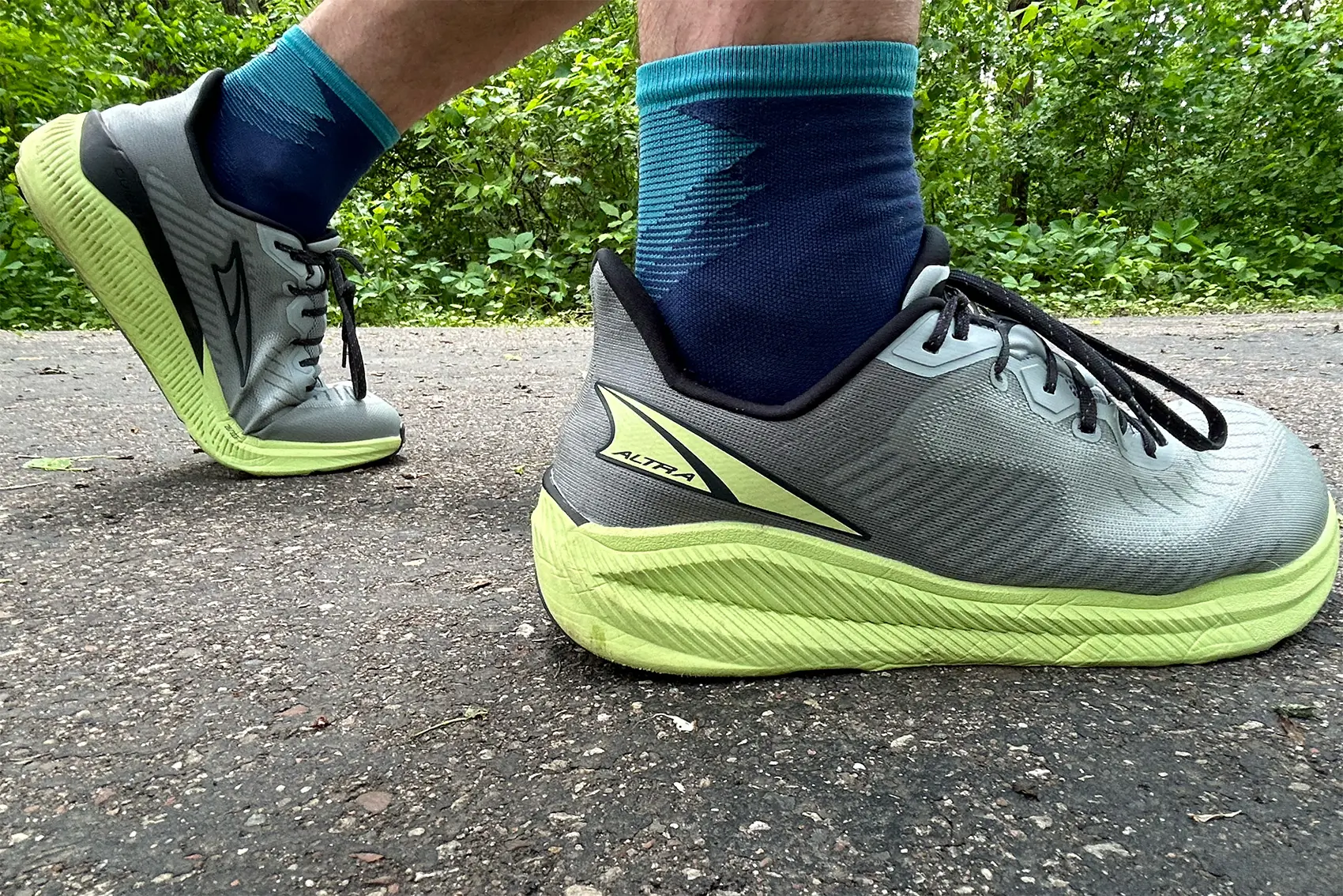



Once I had an eyeful, I went ahead and relaced the shoes. This is important, as lacing plays a critical role in the fit and feel of a shoe. Alternative lacing provides micro-adjustments that can vastly improve the comfort of a shoe for your unique foot shape. As such, it also directly influences my impression of a new shoe. I use parallel lacing to reduce mid-run tightness and discomfort.
My first run was a quickie — a 3.5-mile loop. As with most test runs, I start by feeling for any big first impressions: sloppiness or lateral (in)stability, overly firm or squishy midsole foam, or tightness or rubbing inside the shoe, for example. After the first mile, nothing felt wrong.
Next, I concentrated on the cushion — is it bouncy or plush? Does it feel fast or cozy? As the second mile fell away, I sensed the shoe was not ushering me to a PR, but it also wasn’t overly cushioned. As I got into the third mile, my mind started to wander — and when I finished the run, I didn’t have a standout impression other than it felt like a good, solid run.
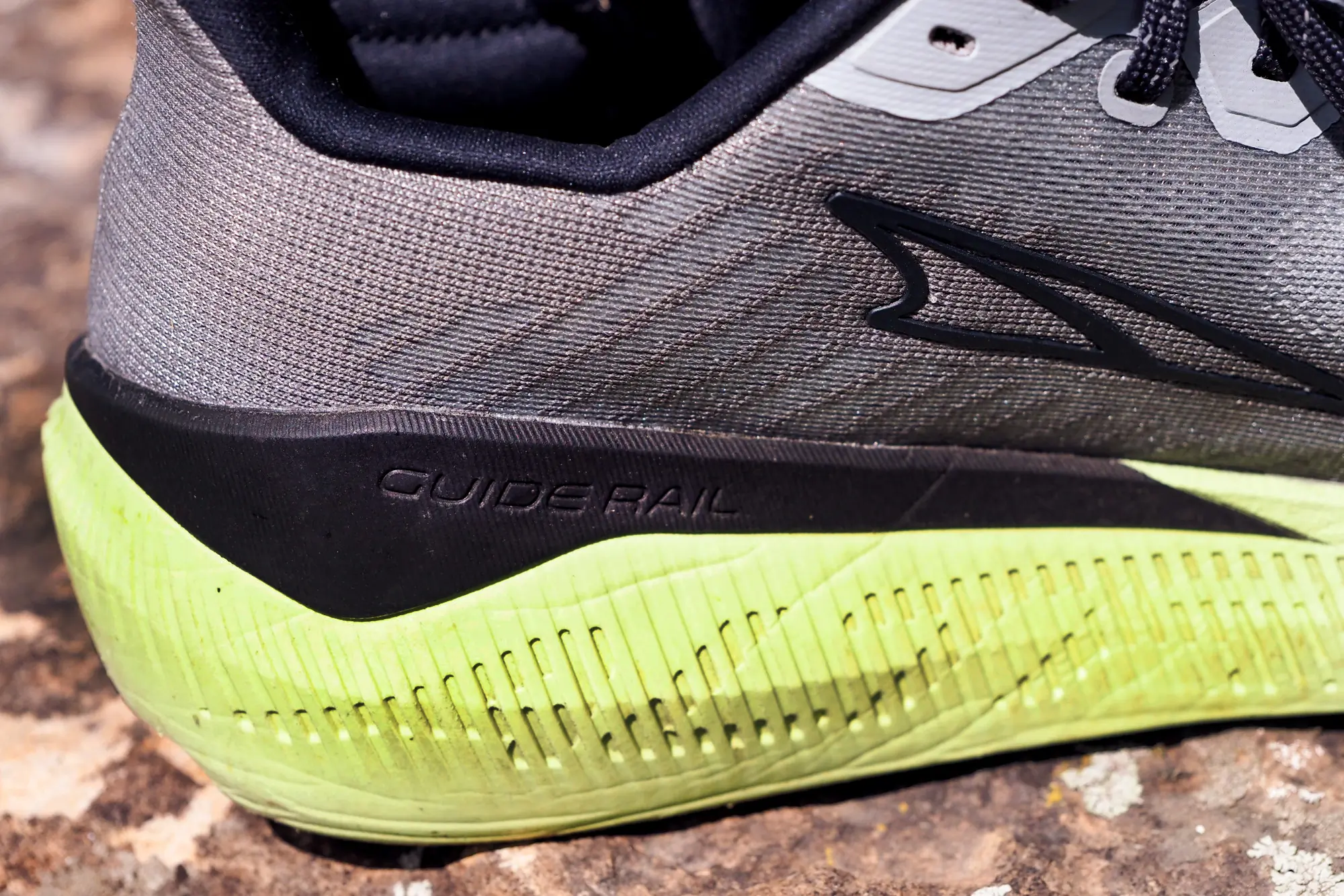



Walk and Run: Altra Form Impressions
I wore the Form on a media trip to Washington, D.C. I didn’t intend to run, but I knew I had two full days of travel and nonstop walking for 6-8 hours at a time. A shoe might feel fine for short runs, but spending a full day in it can add insight to the overall experience of a shoe.
After full days on my feet, I again didn’t notice any negative issues. Though I was tired by the end of the day, I didn’t have any significant soreness or tightness in my calves or feet. I have plenty of shoes that perform great on runs but max out on comfort after a handful of miles and aren’t ideal for daily wear.
When I returned home, I was eager to reach some conclusions on what I liked about the Form. So I embarked on my serious test run — 6 miles in the middle of the day, up and down hills, on concrete sidewalks and winding asphalt trails.
Again, I set off trying to sense what the shoe was telling me, and again, after a few miles, I was lost in the run. These shoes aren’t remarkable — and that’s what makes them one of my current favorites. They don’t add anything to my run; they give me one less thing to think about while I run. Like the tires on your car, if they’re doing their job well, you shouldn’t notice they’re there.
Pros
The upper is fairly breathable but not so much as to be floppy or loose. This shoe has structure. The toebox is not cavernous, but it offers plenty of room for swelling and splay. They don’t look or feel as wide as old-school Altra shoes, but like Harry Potter’s magic tent, the last belies the roominess inside.
As for the midsole foam — the soul of a running shoe — it’s lively but not ecstatic. It’s neither plush nor bouncy, but it has a good balance of both. The Form has ample cushion, but the 32-28mm heel-toe stack isn’t so big as to lose touch with the ground. These are not the most precise, technical shoes out there, but that’s not what they’re built for.
As a road runner, the Form will soften hard impacts on concrete, but it won’t absorb all of your energy. On the other hand, it doesn’t provide aggressive rebound either. It gives just enough feedback that you feel connected to the run.
Cons
There is no perfect shoe. As much as I like the Form, I am curious if the chink in its armor will be the longevity. I’ve put about 30 miles of running in the shoe and another 50 of walking. The upper remains solid — no blemishes or tears. But the midsole is starting to flake, ever so slightly.
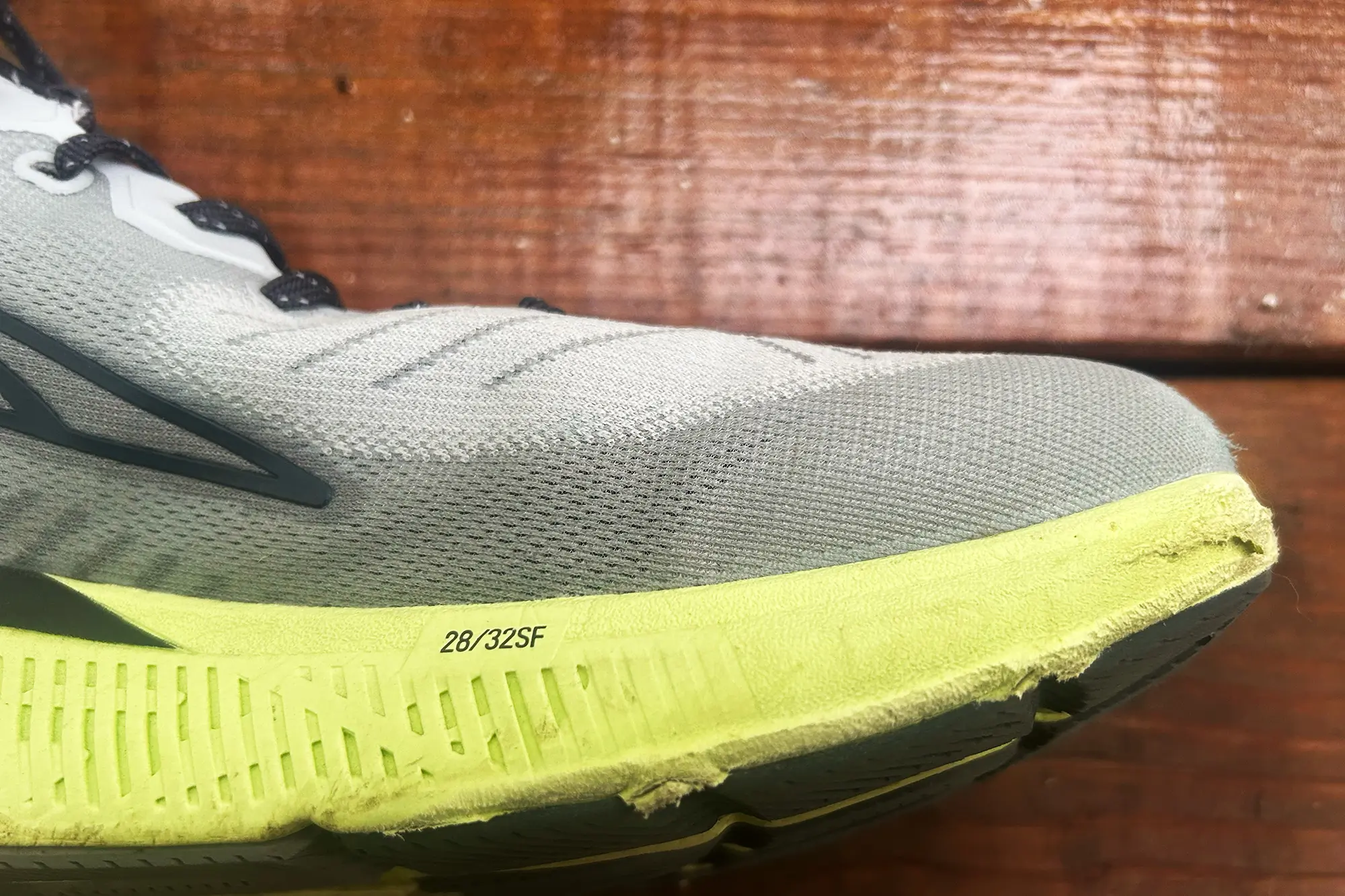



I’ve seen it on other old Altras — the foam gets a little chewed up and frays. I’d love these shoes to live for another 400+ miles, and they might. However, the midsole has just begun to show signs of wear, with a little under 100 miles of use on predominantly smooth surfaces. In Altra’s defense, this could just be the out-of-the-box perfection peeling away, giving rise to the “real shoe.” I expect to know one way or the other after the next 100 miles.
Altra Experience Form: Should You Buy?
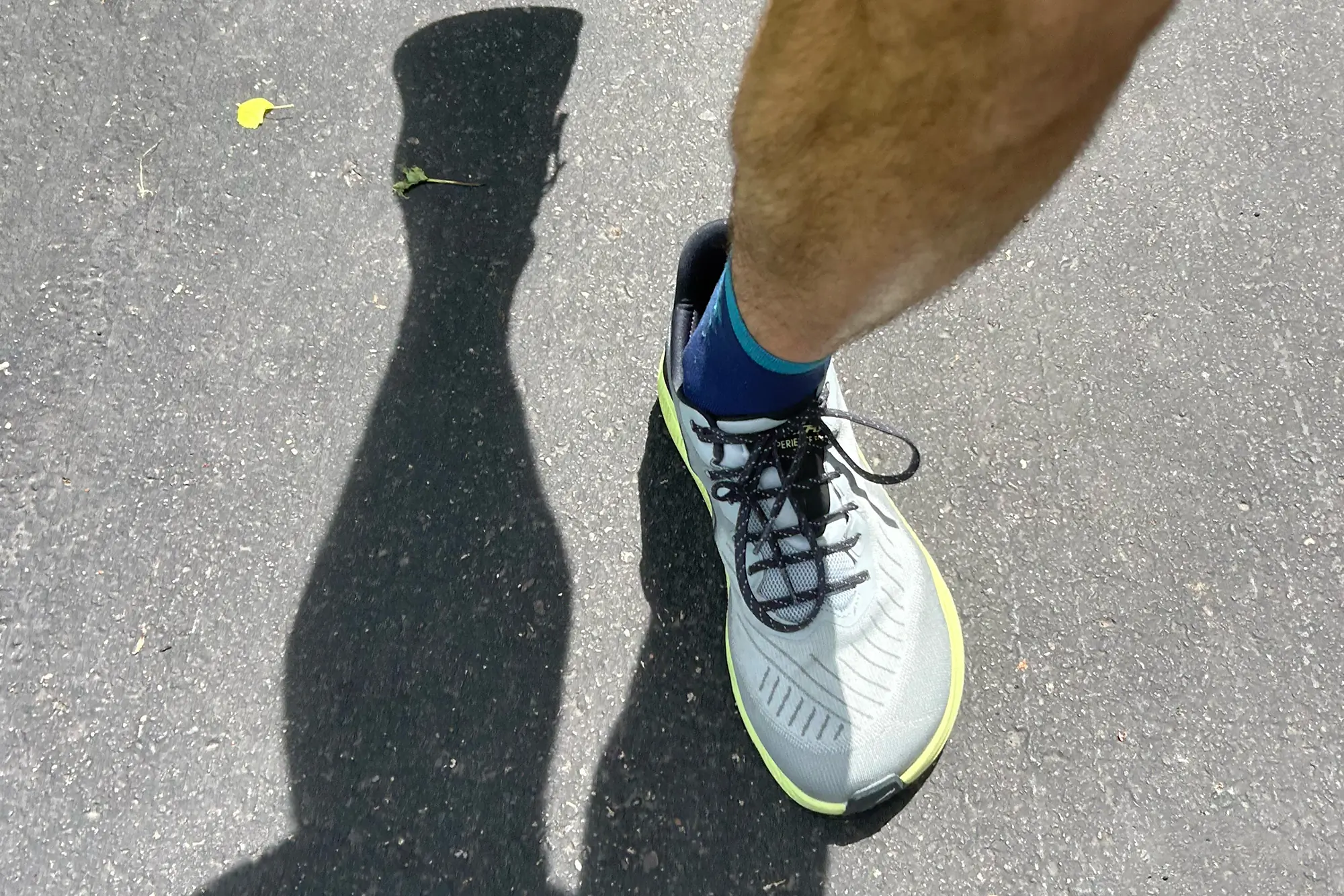



I’m a believer that when you find a shoe you love, you should buy at least three pairs. Product cycles kill great shoes about as reliably as any other product. Shoes are mercurial that way — one year, it can be perfect in every way, and the next year, one little change alters the entire thing.
I also have more shoes than a rational human being should — it’s a product of the profession. So, I’m flush with options if and when the Form finally crosses the finish line. But I’m tempted to buy an extra pair. It is not the fastest running shoe I own, nor is it the most cushioned. But it’s quite possibly the most enjoyable.
Serious runners might seek more performance-driven shoes, and beginners might look for simpler, cushioned shoes. But for anyone who just wants to run for the heck of it, this is a heckuva good shoe.
